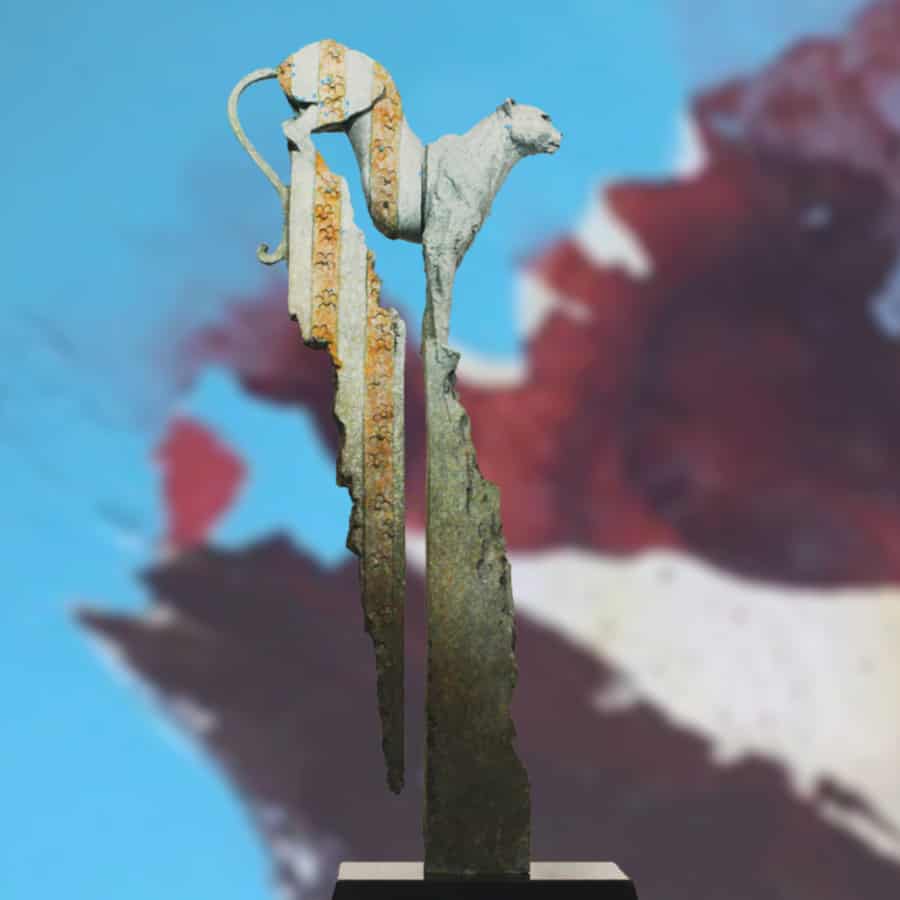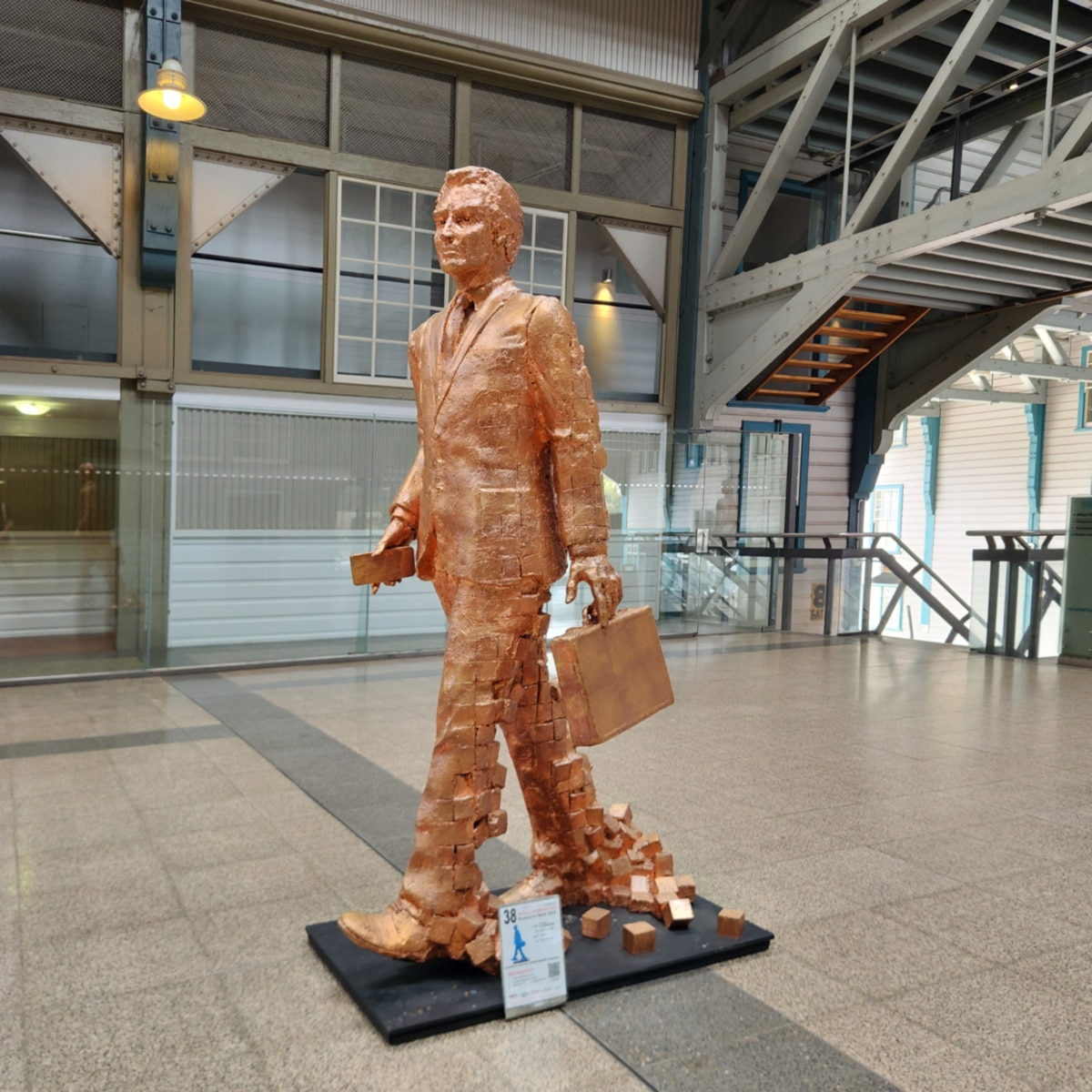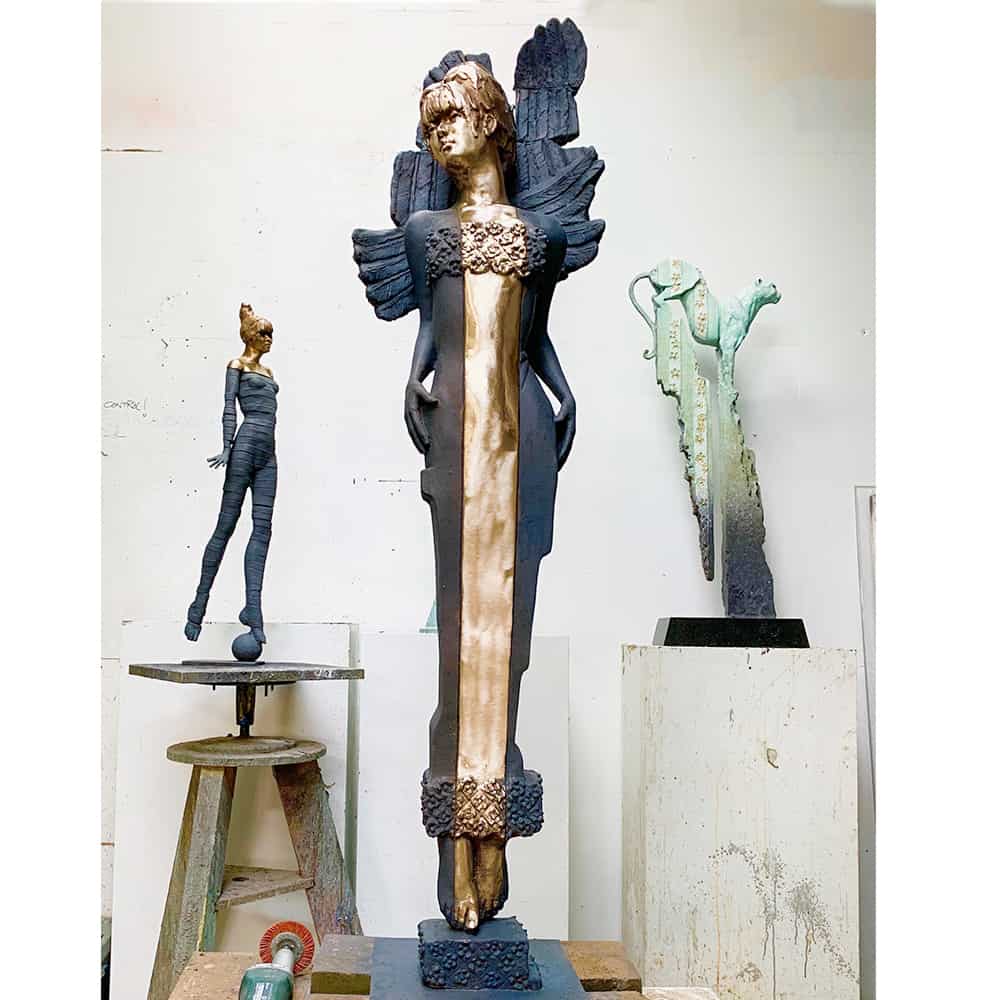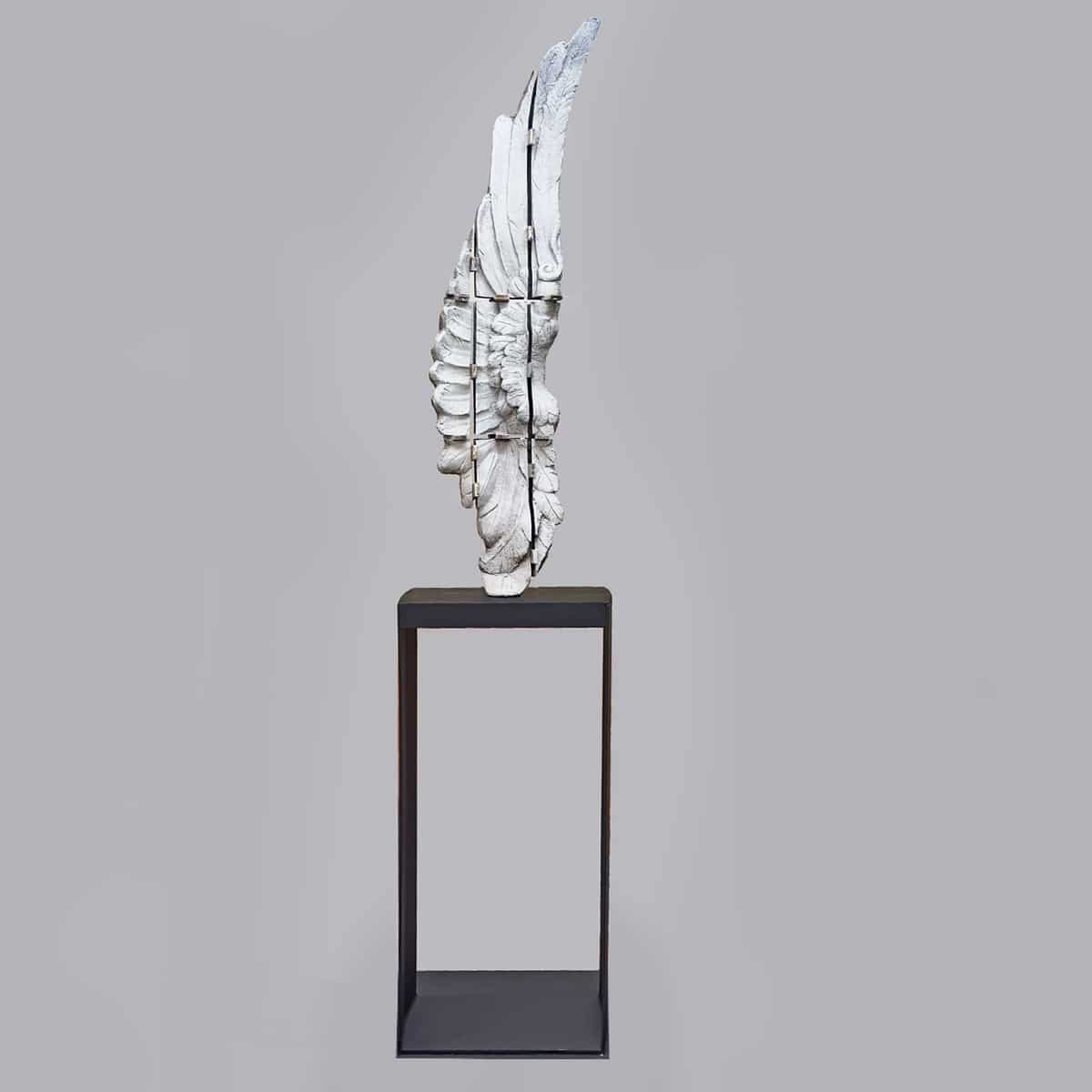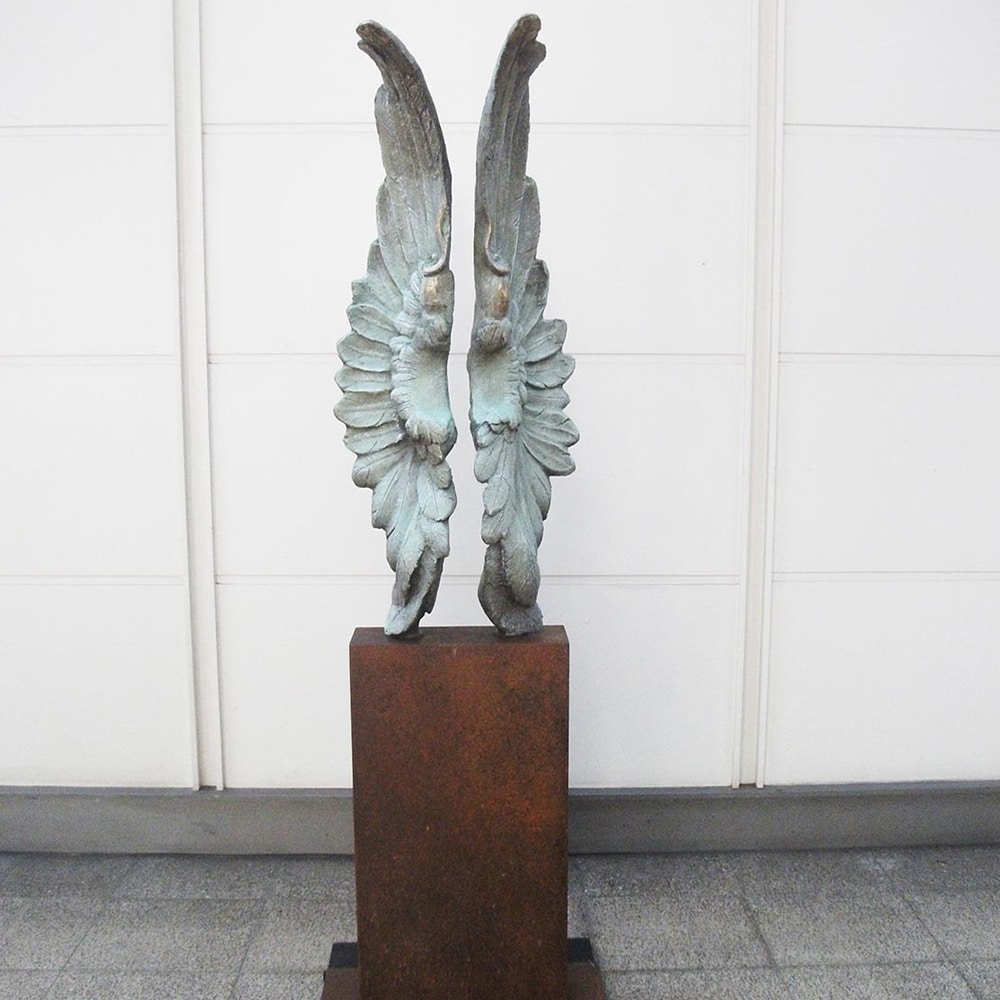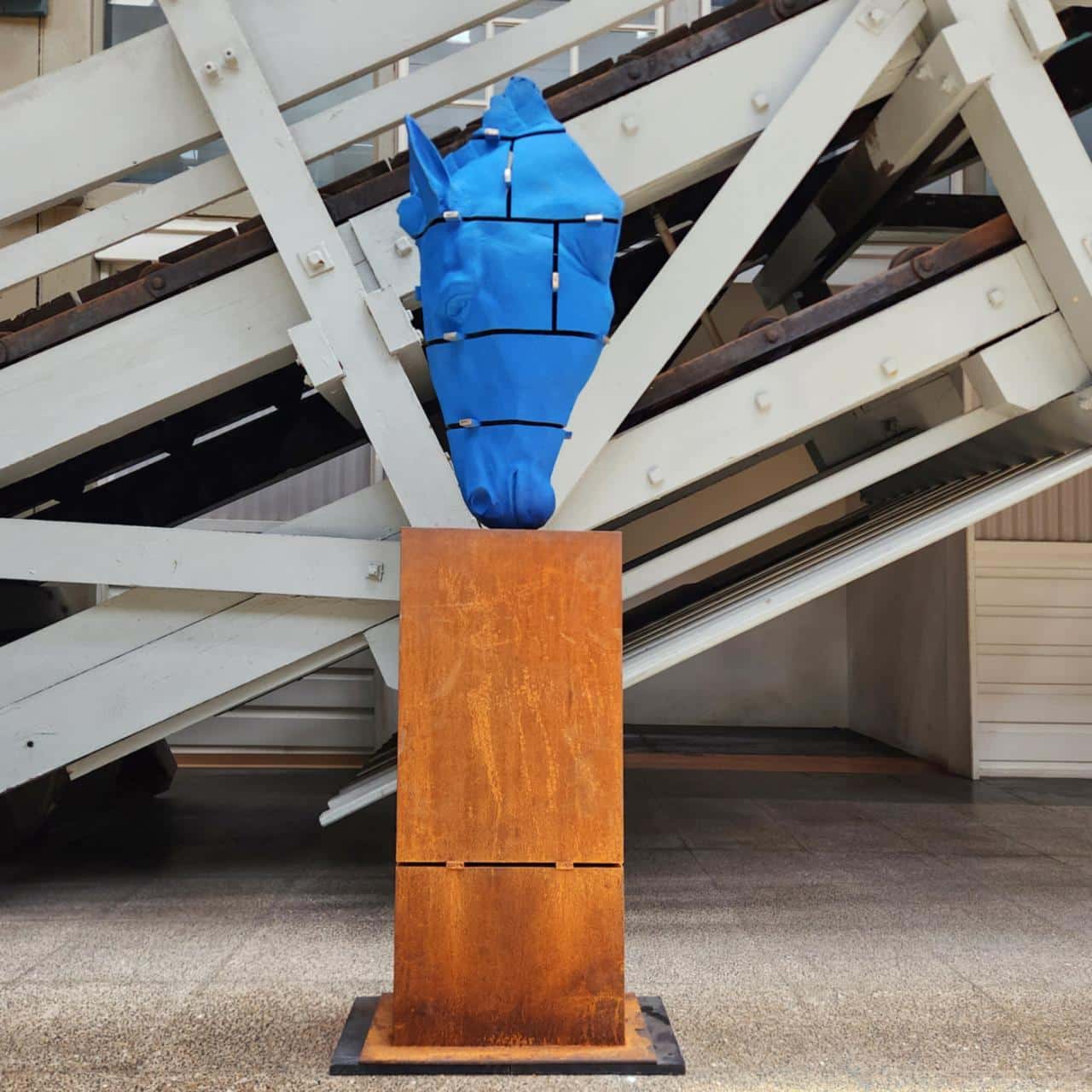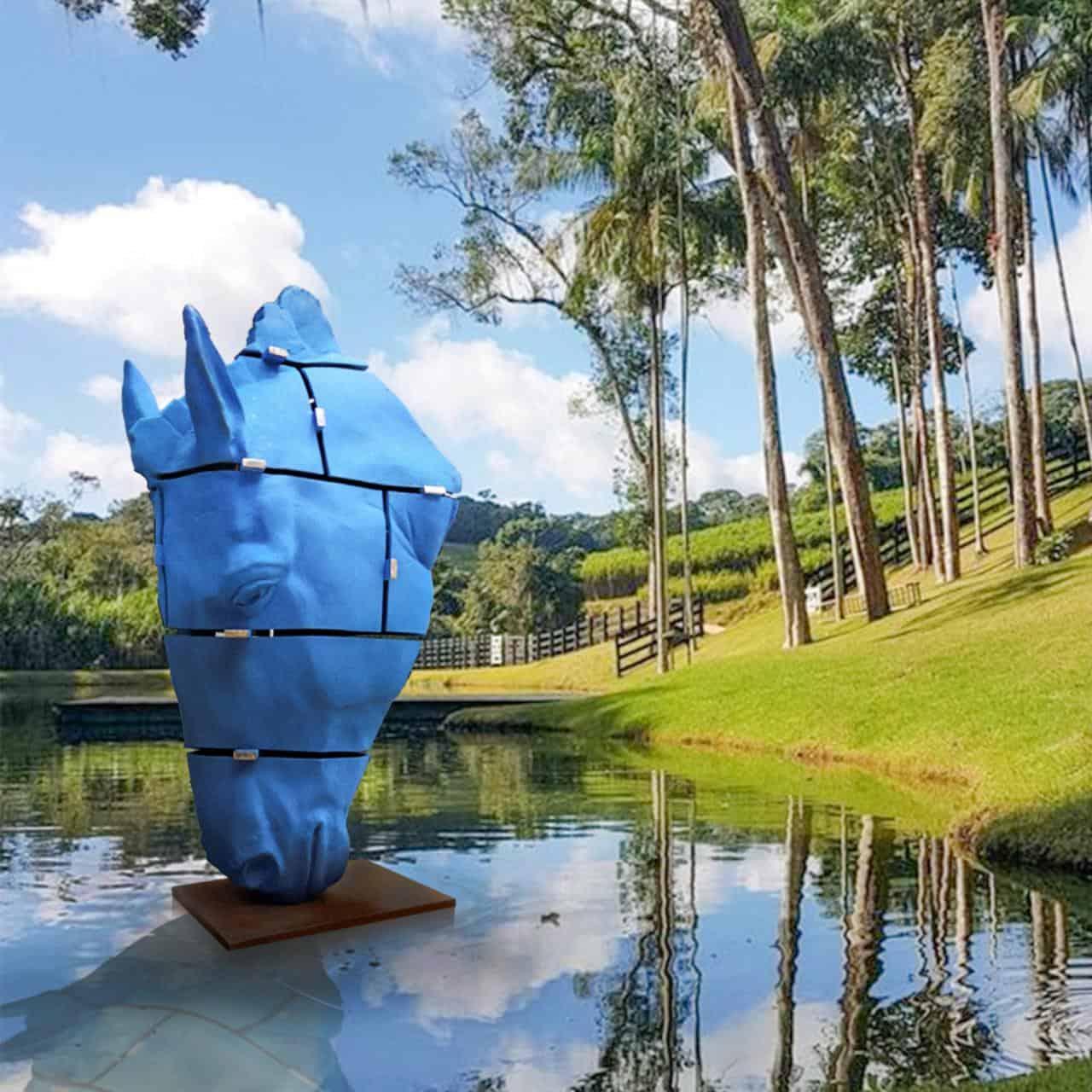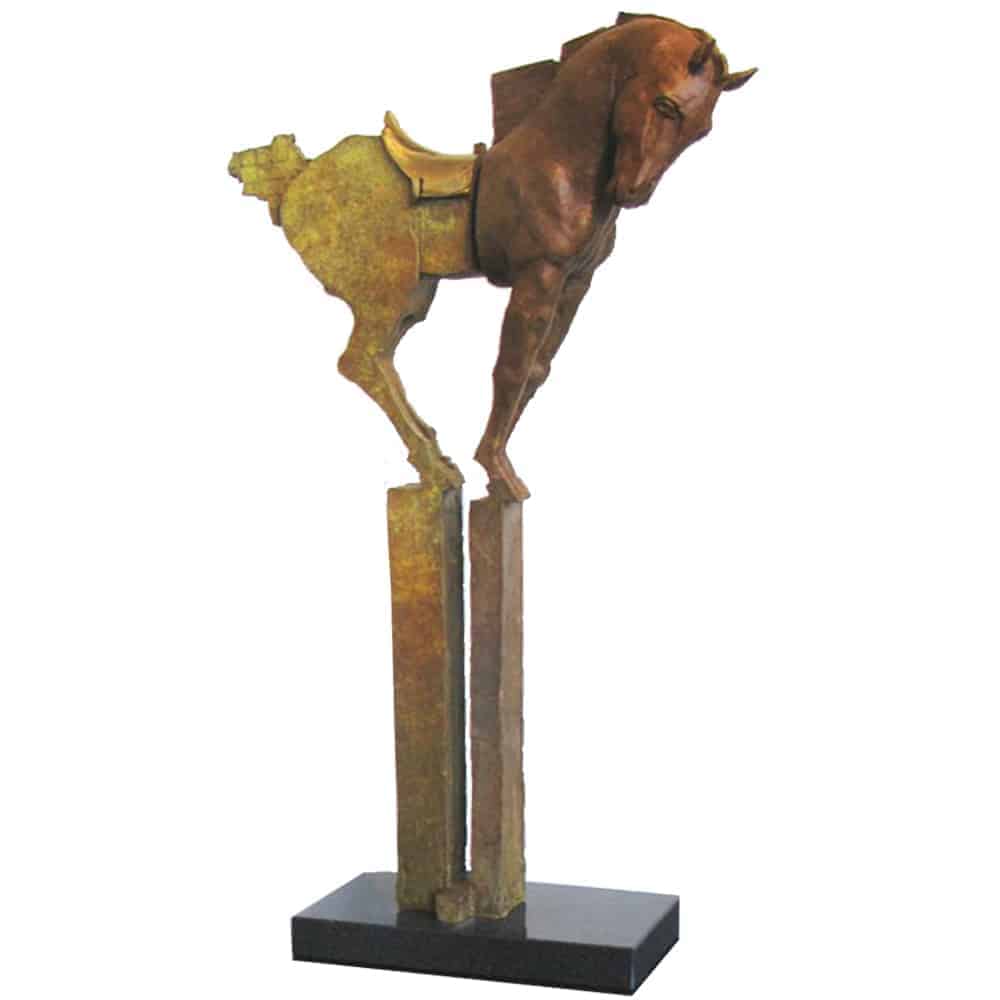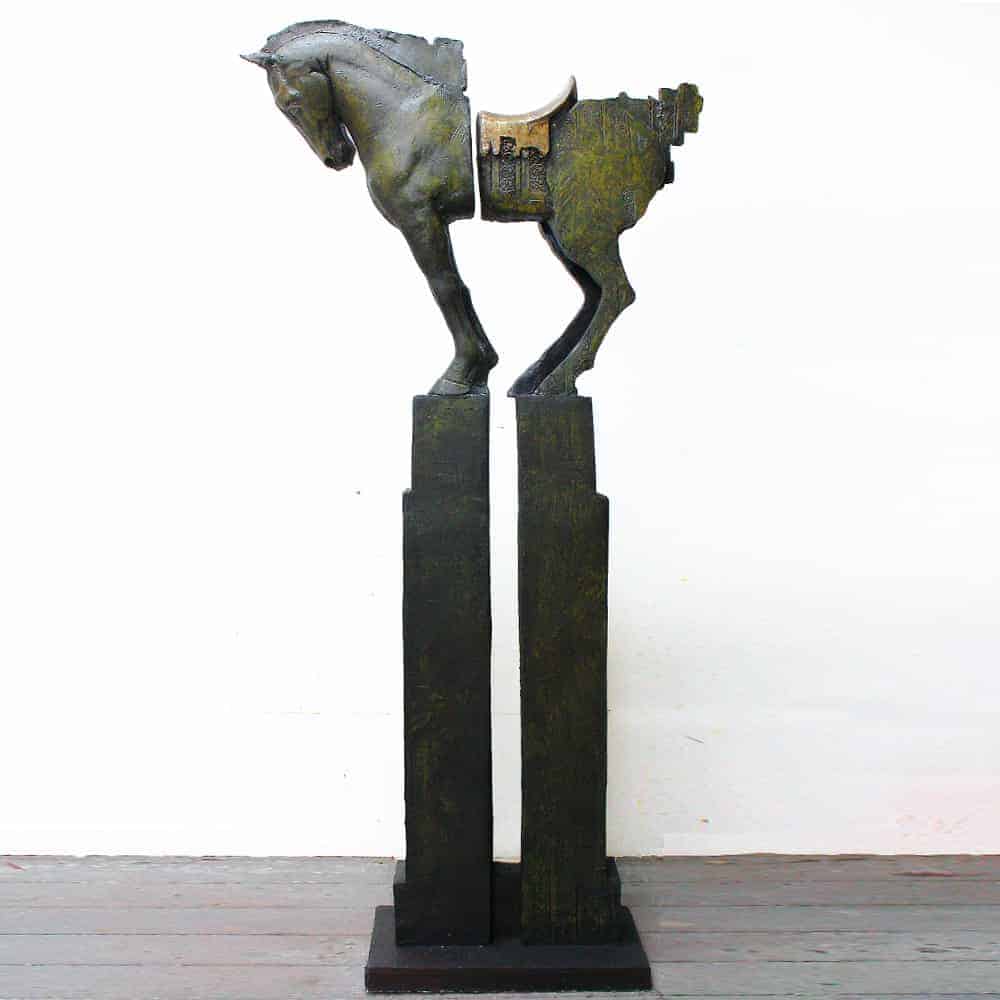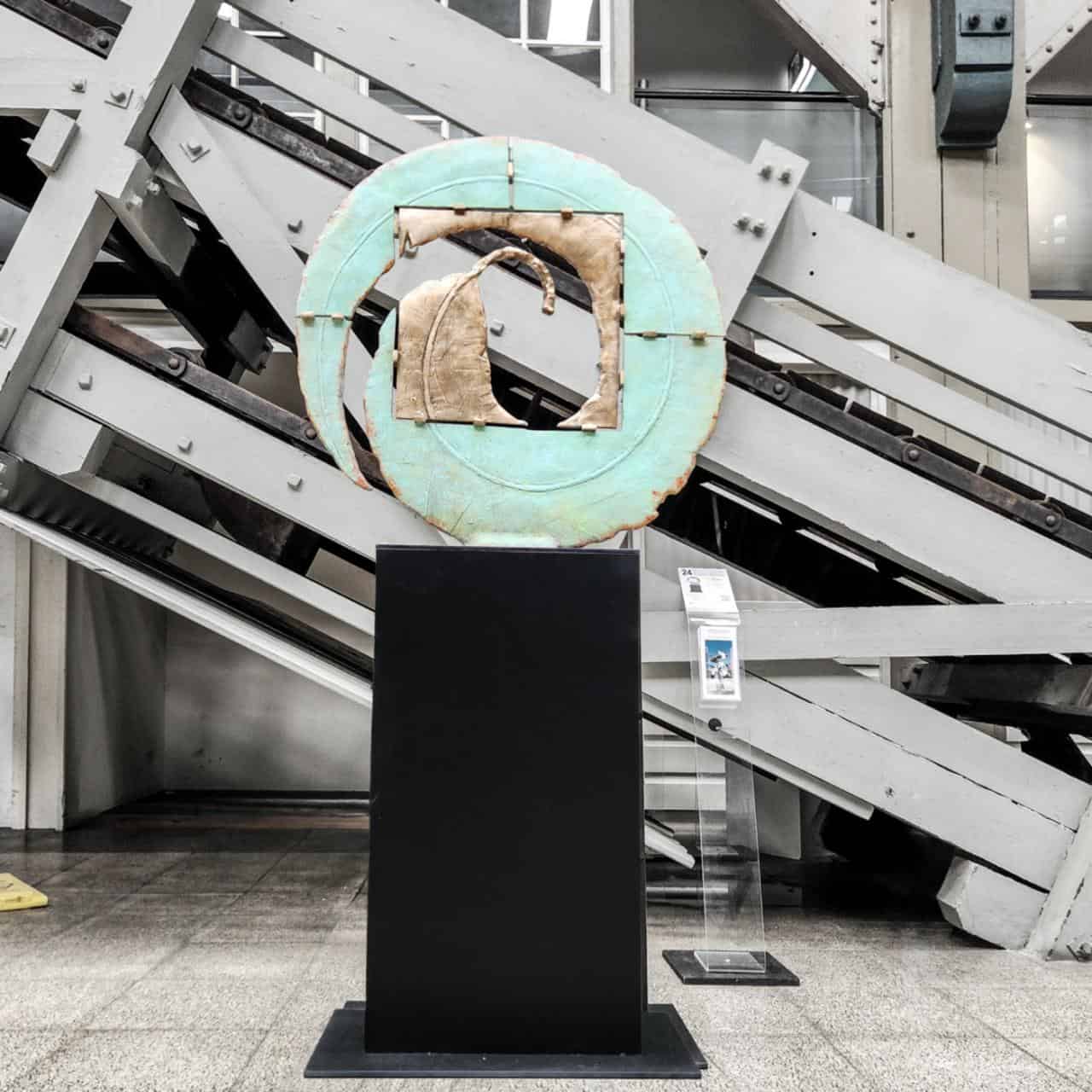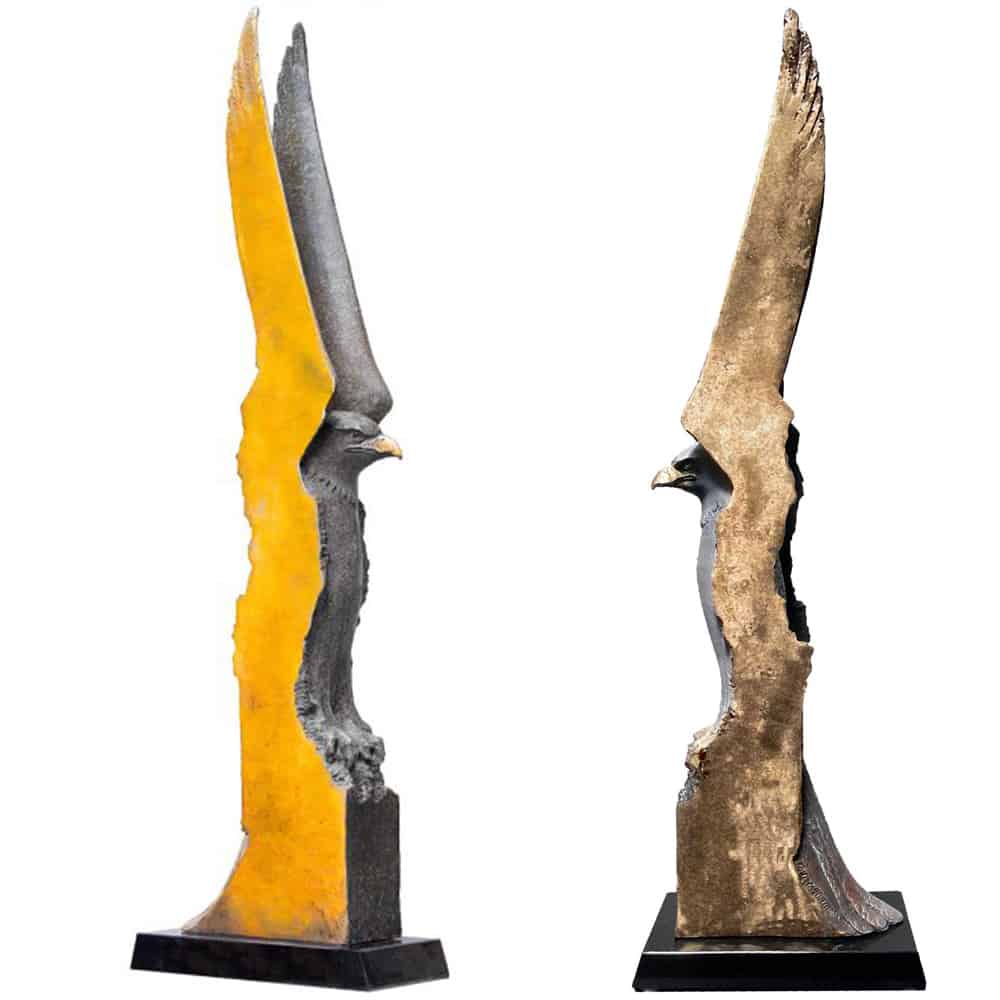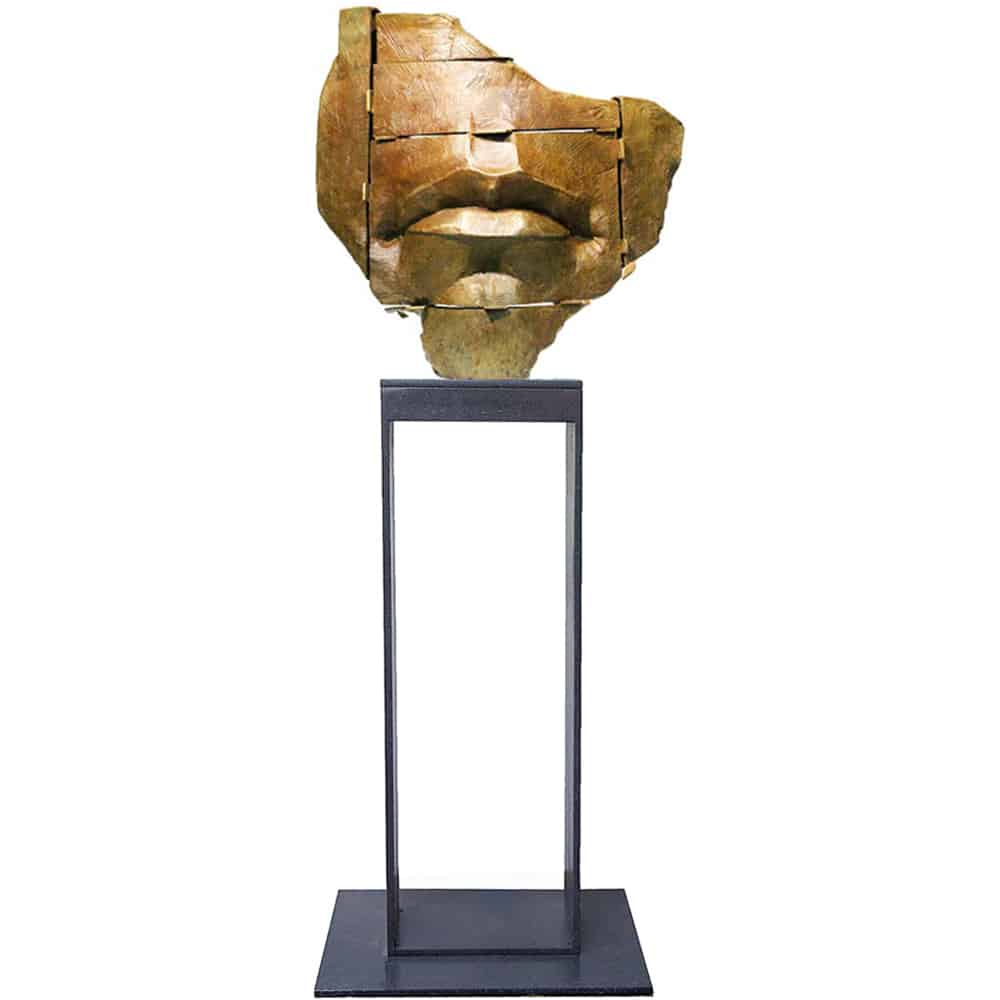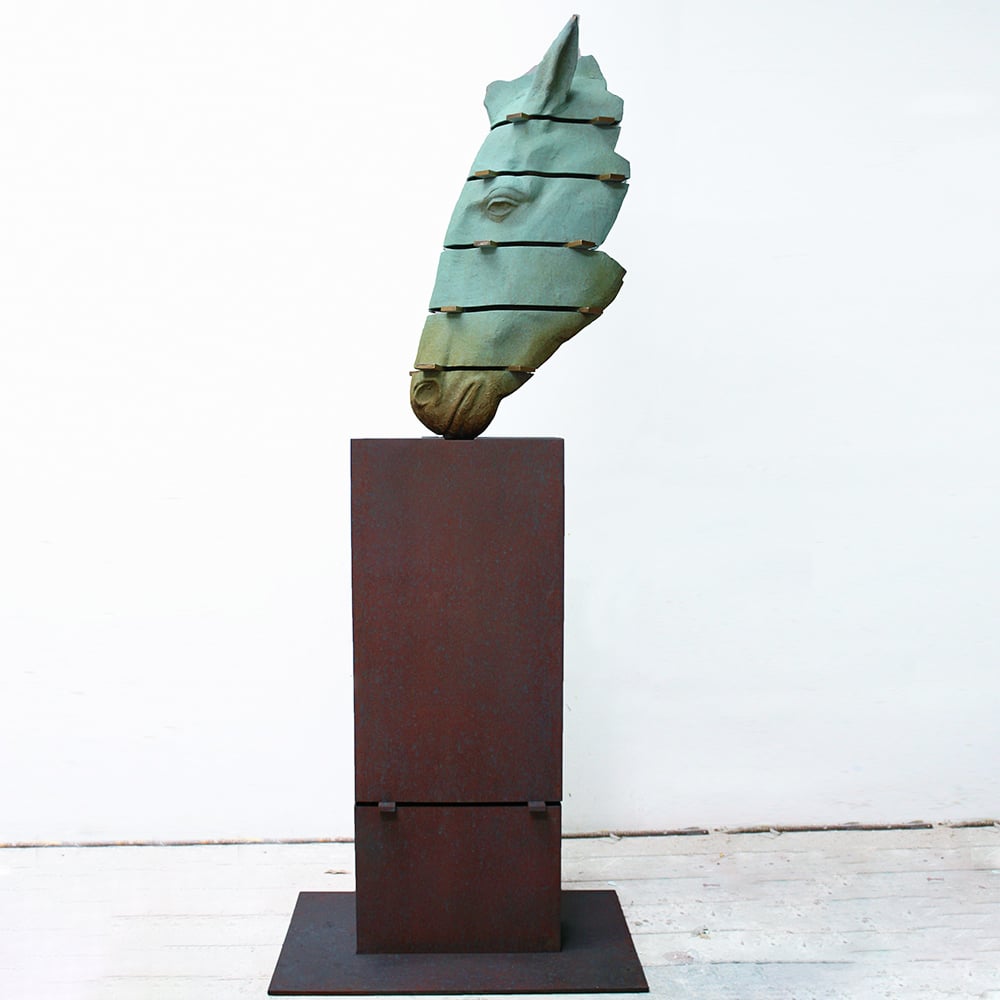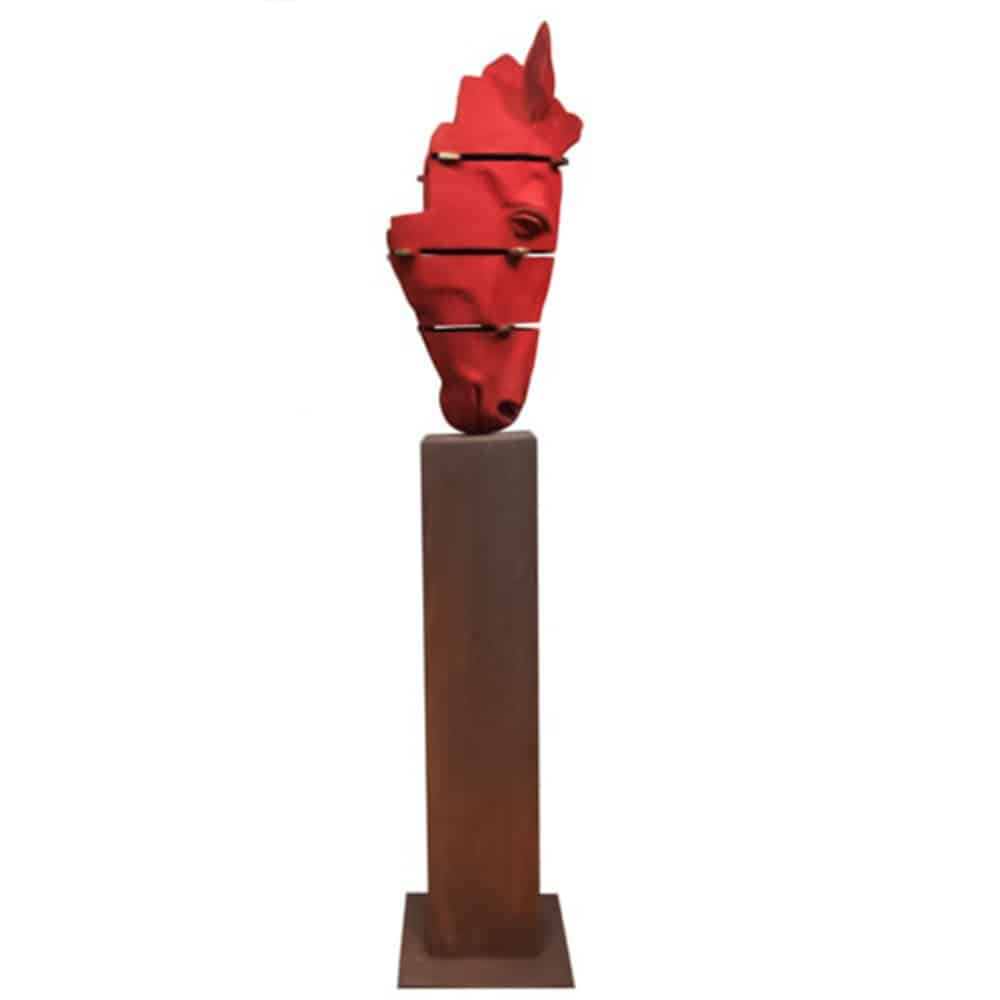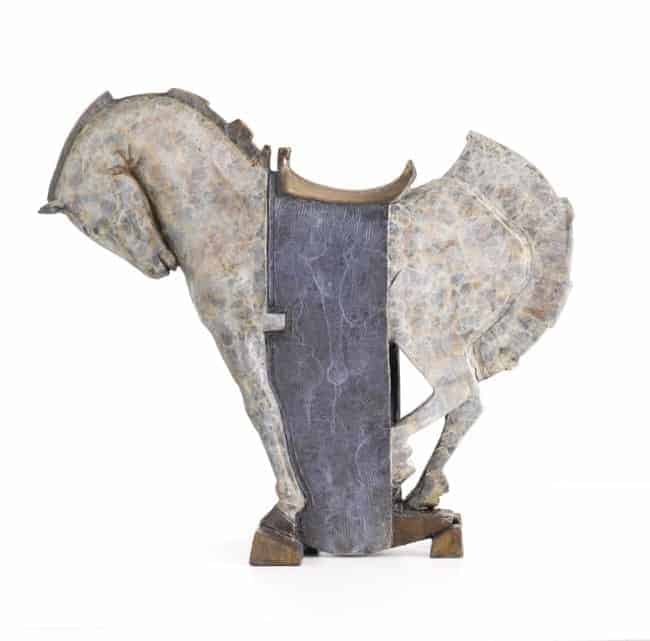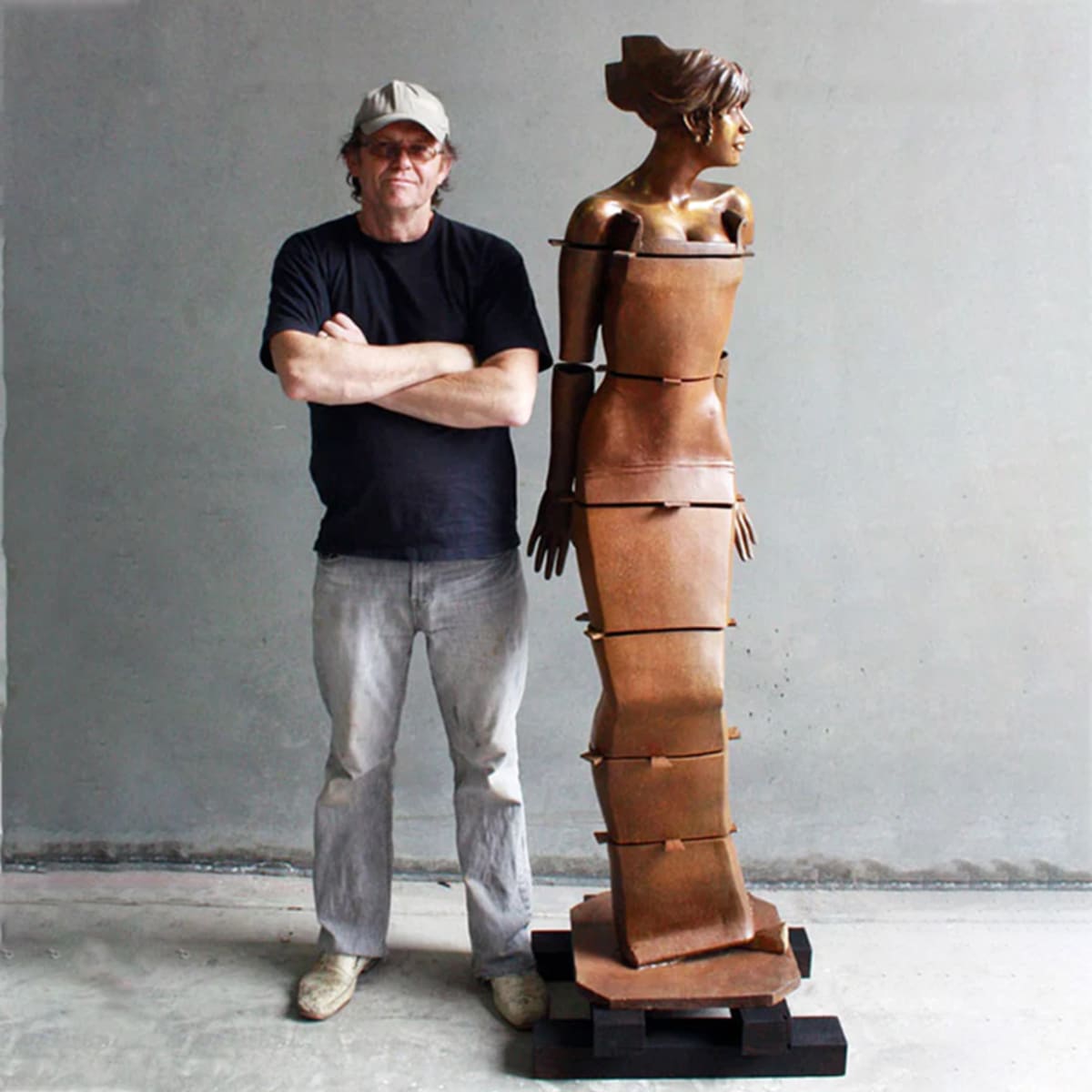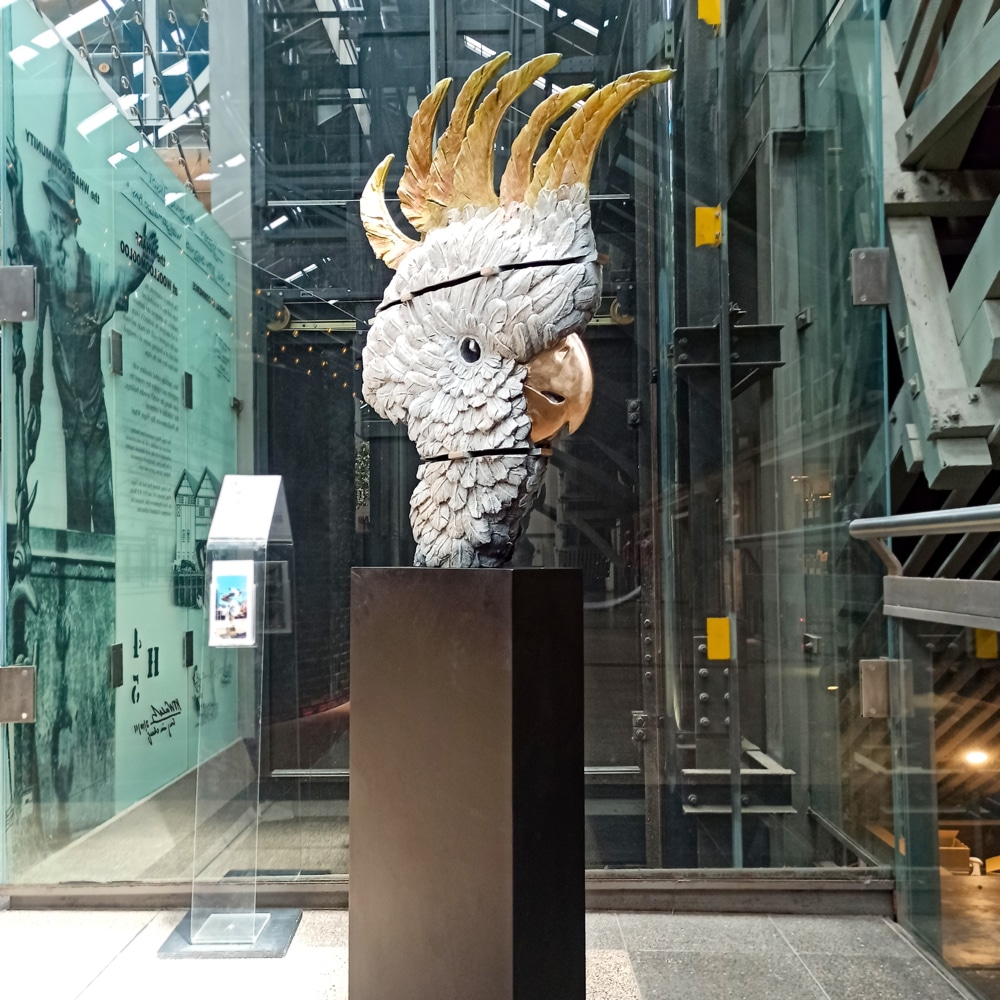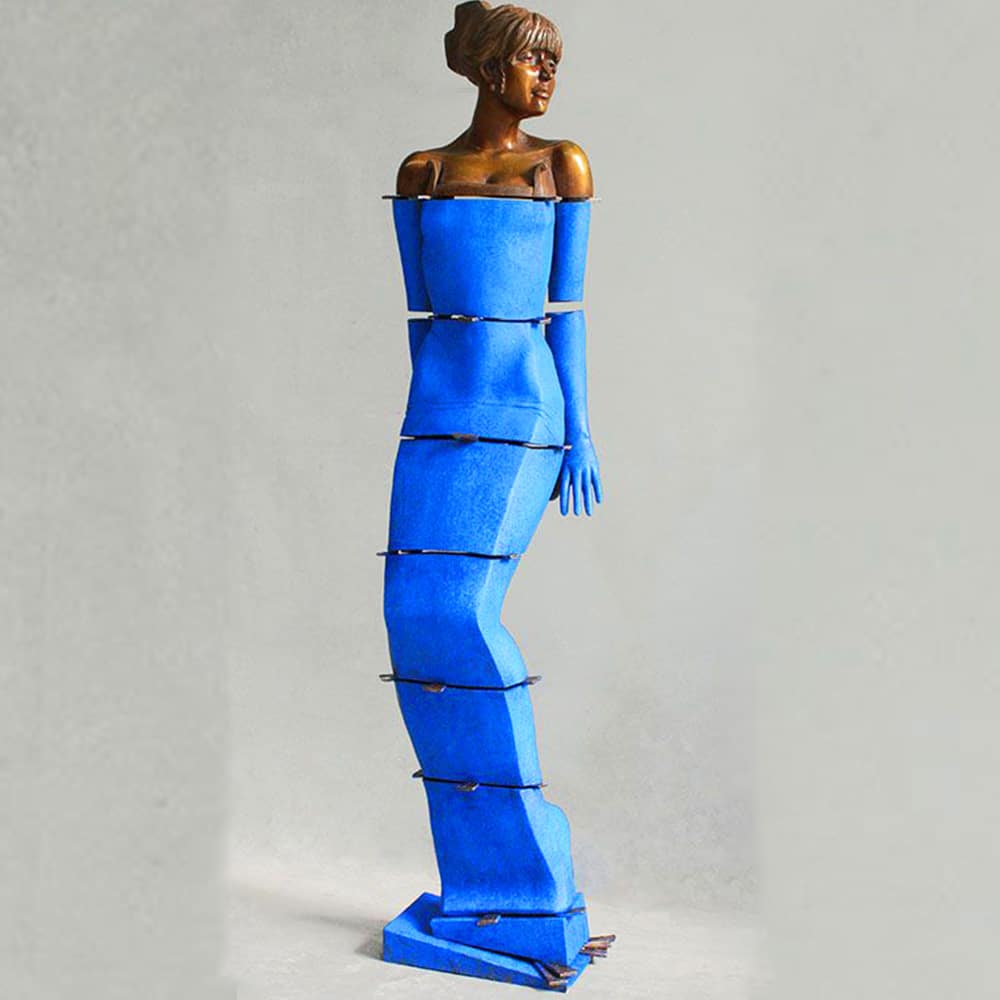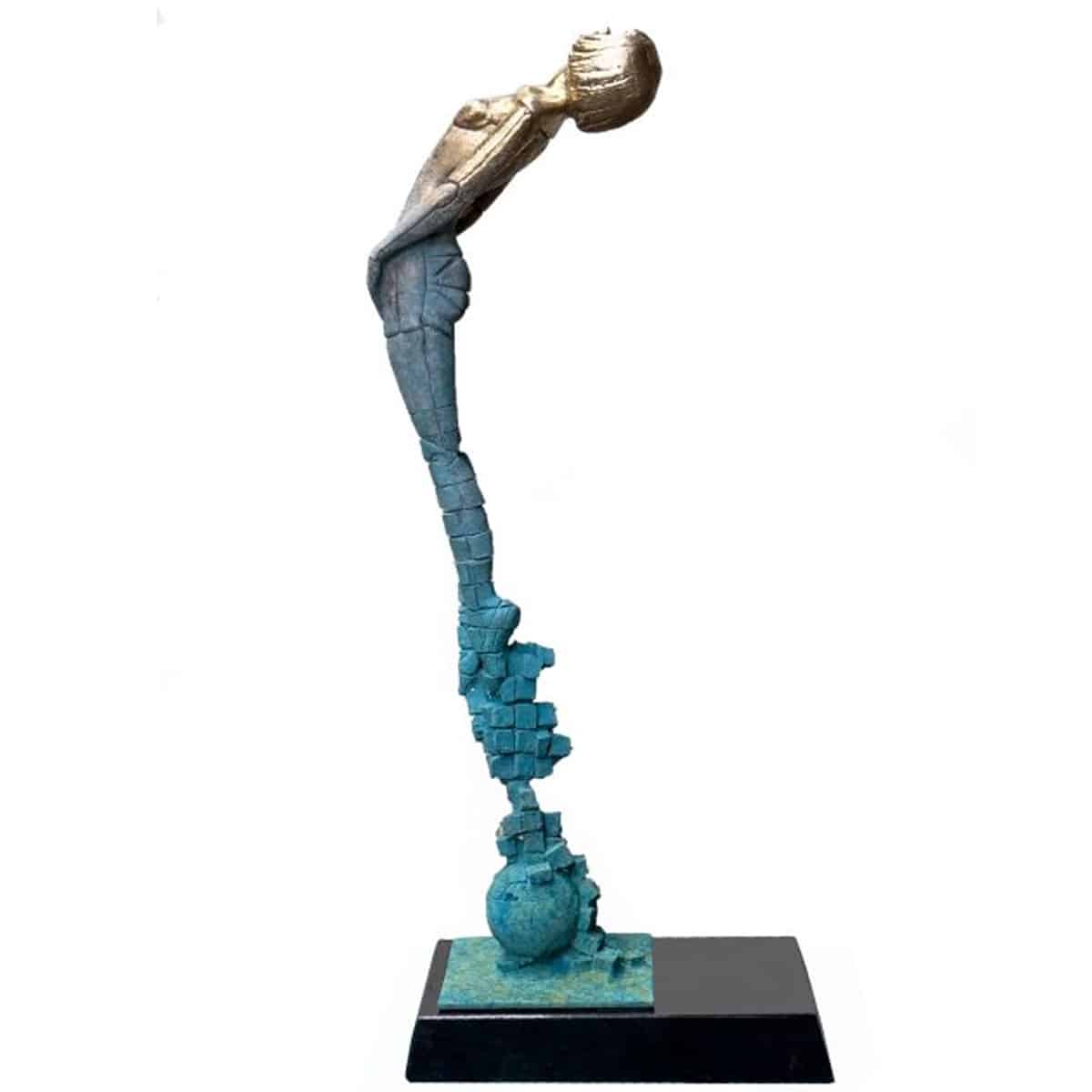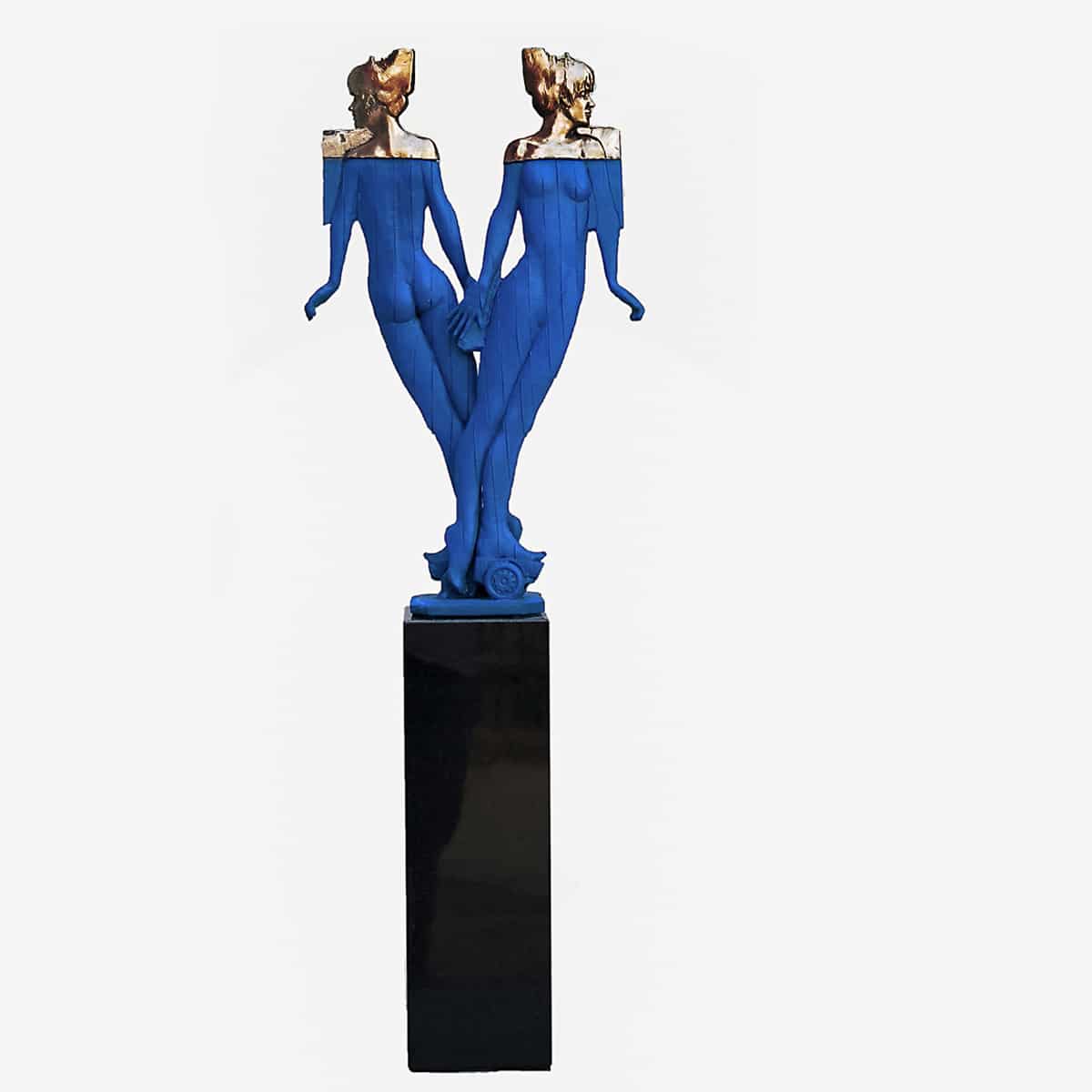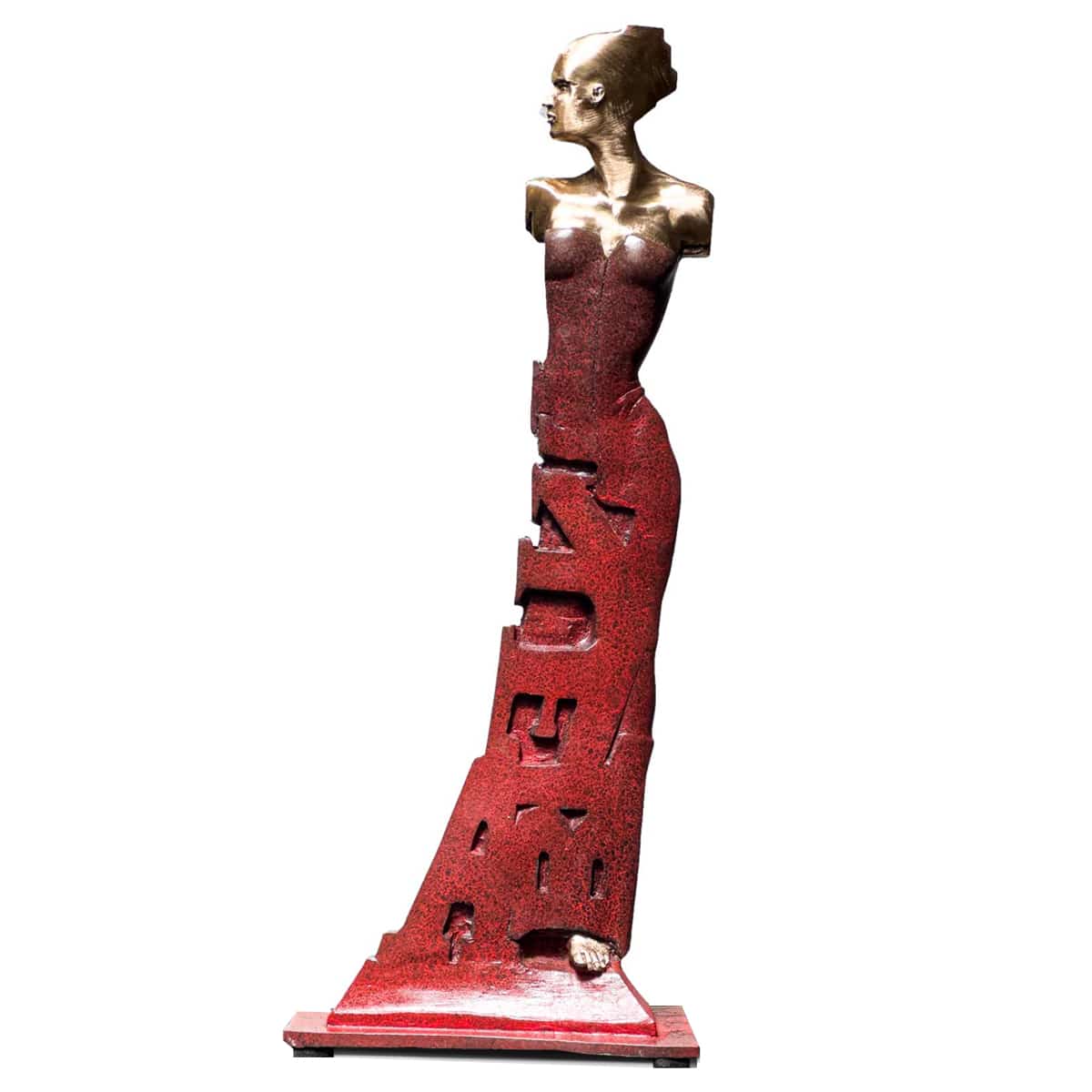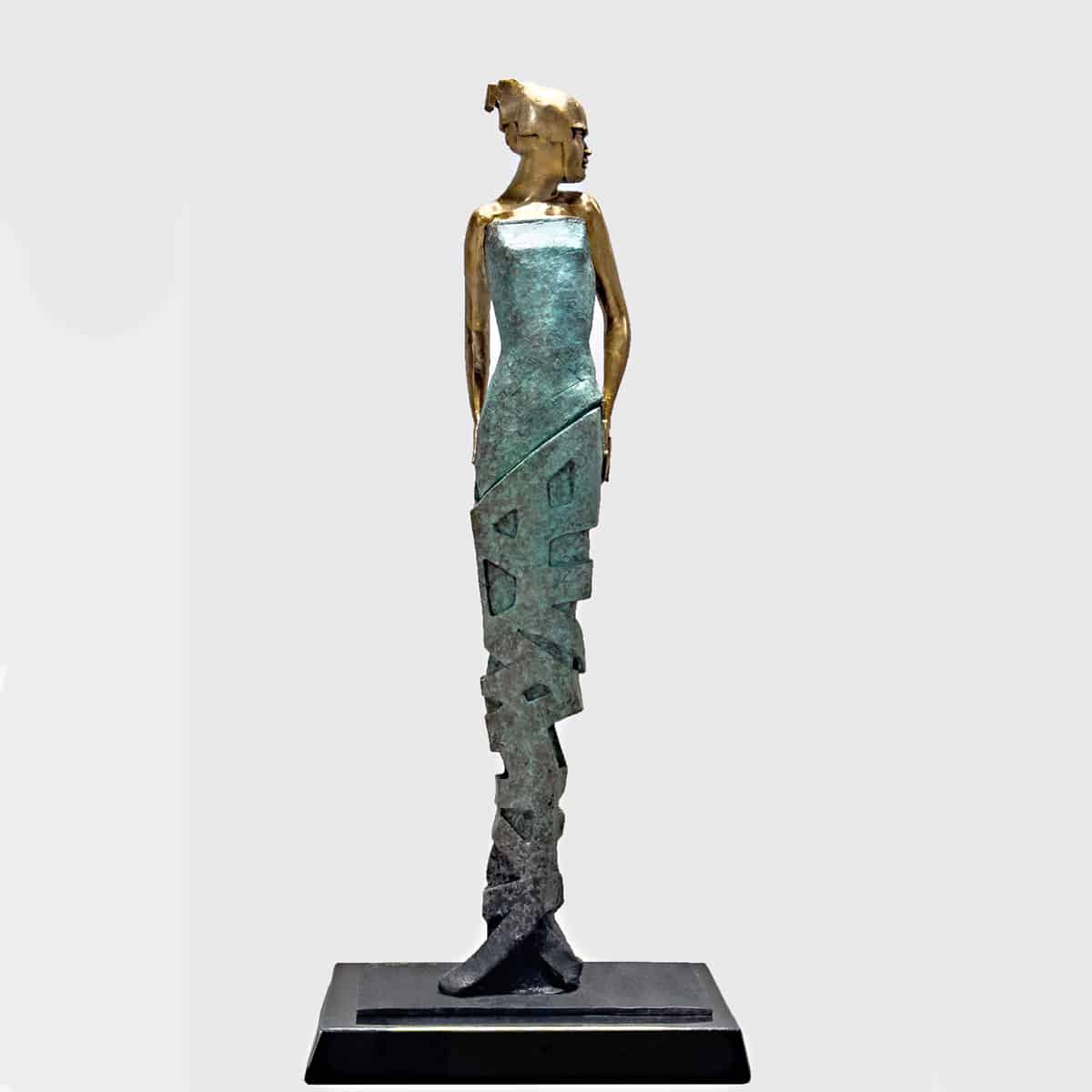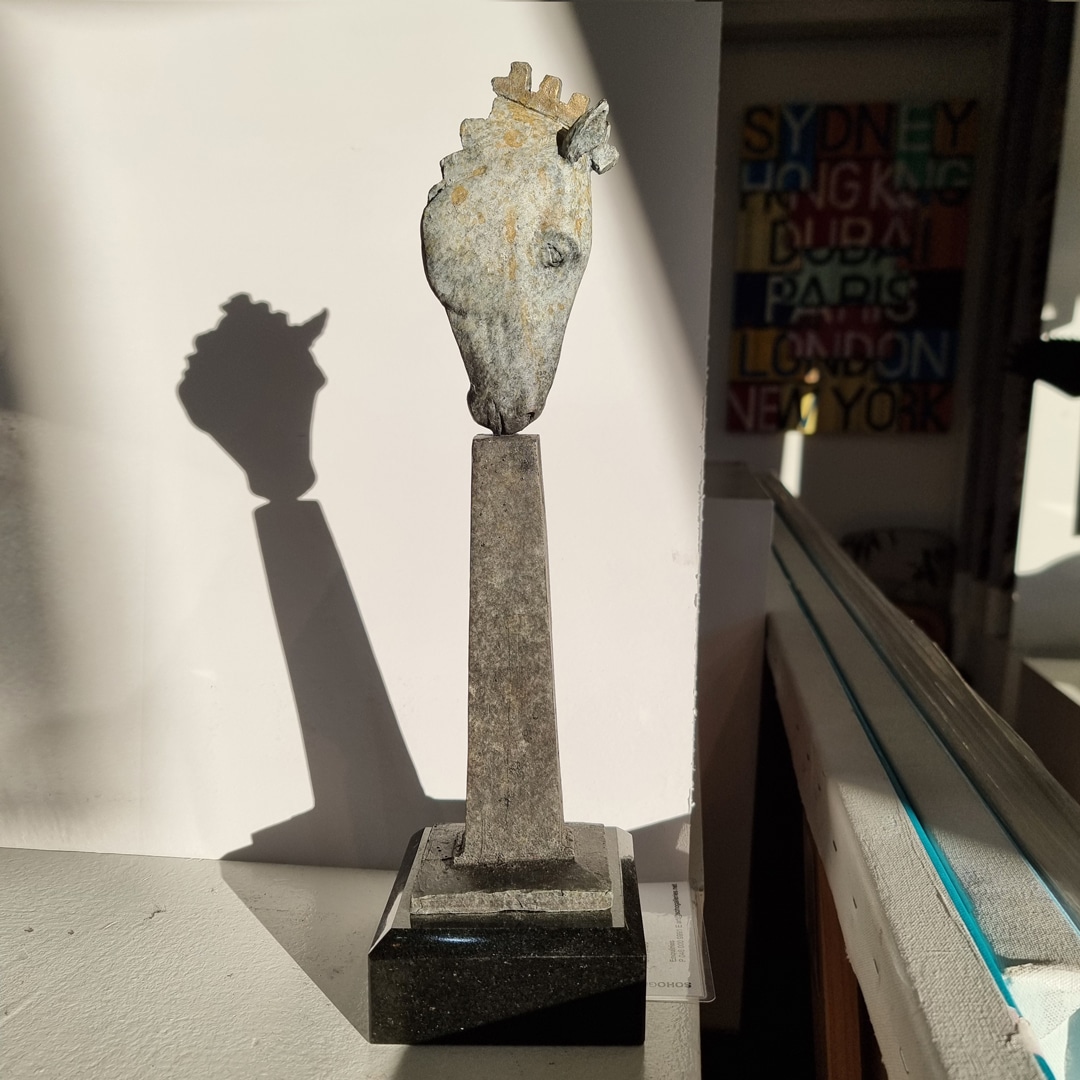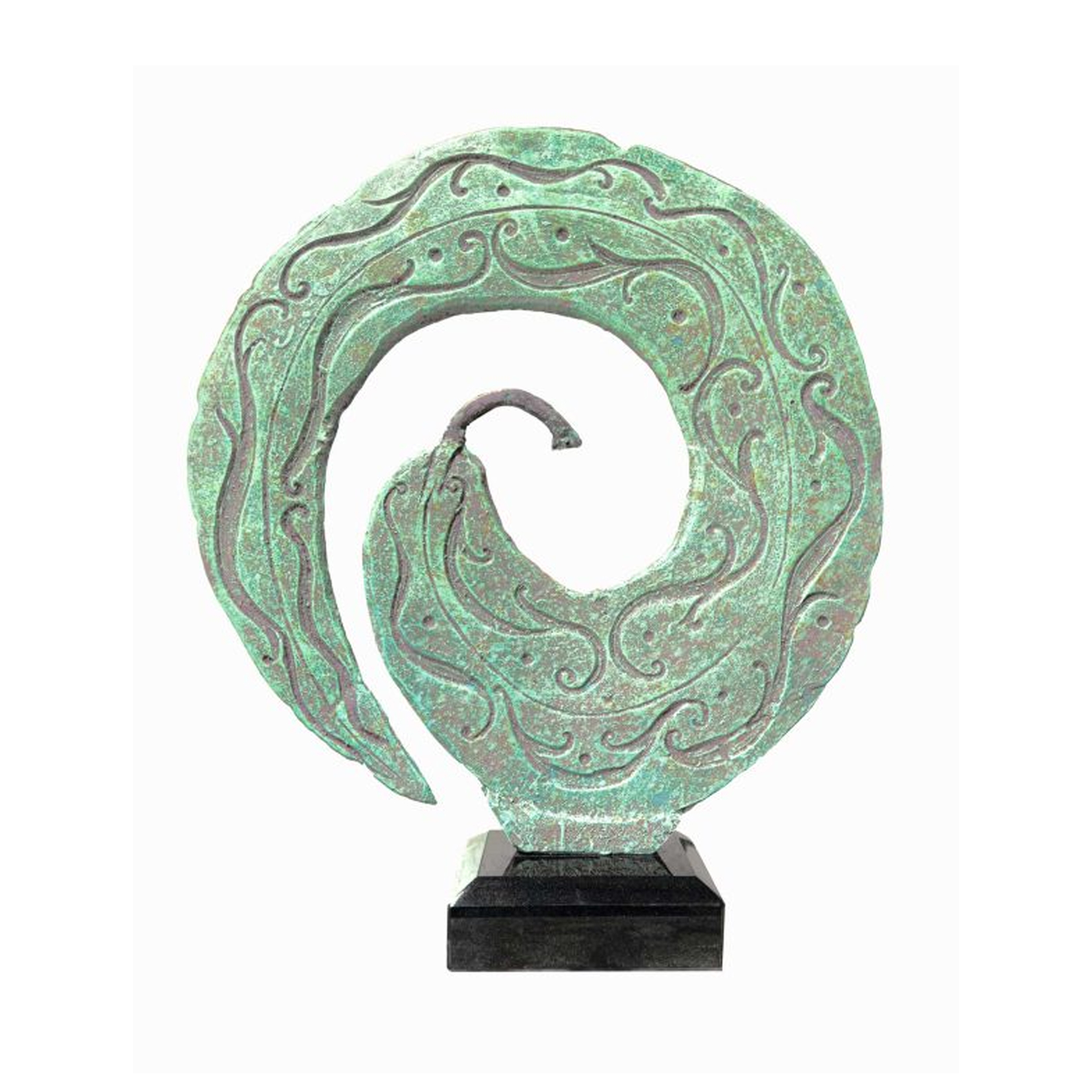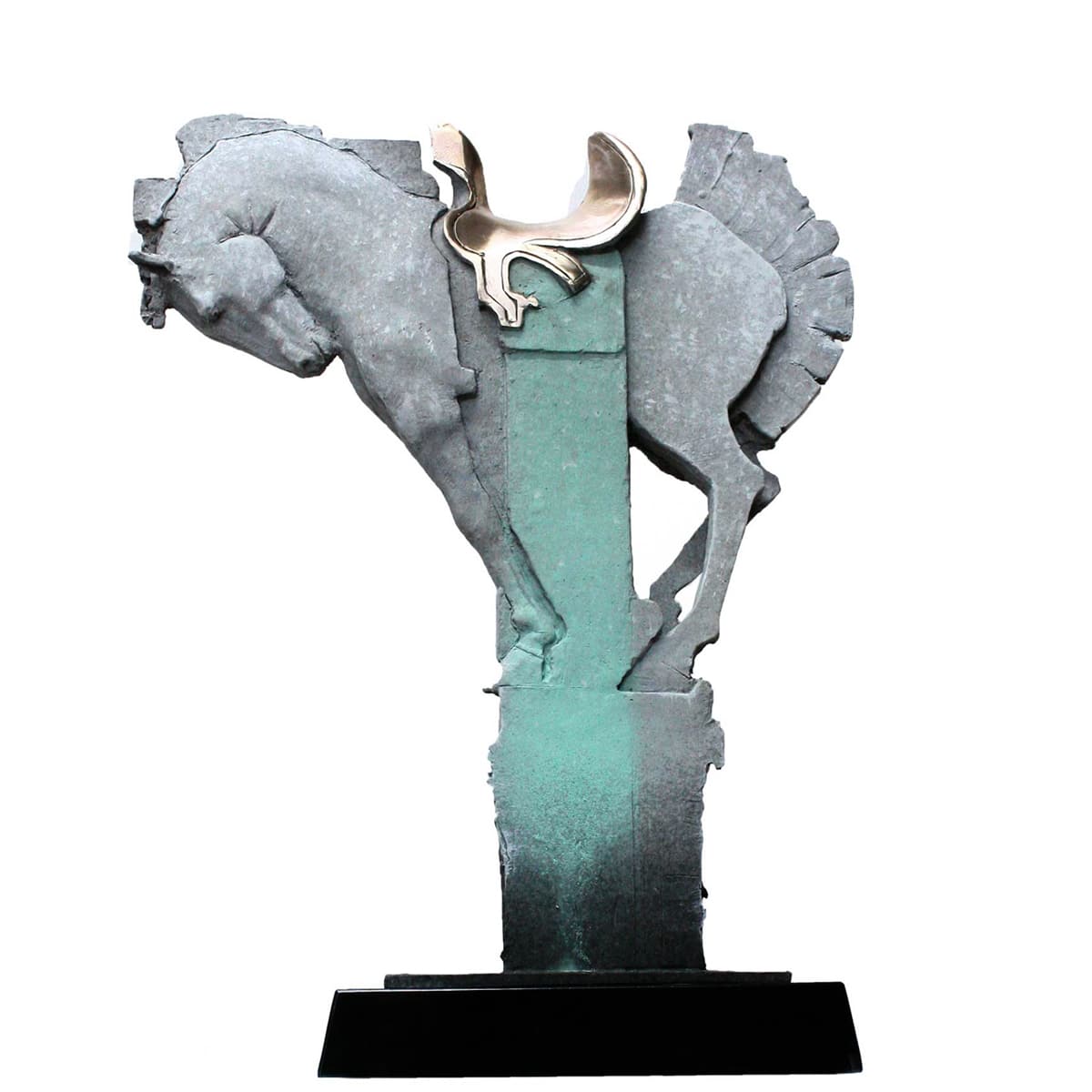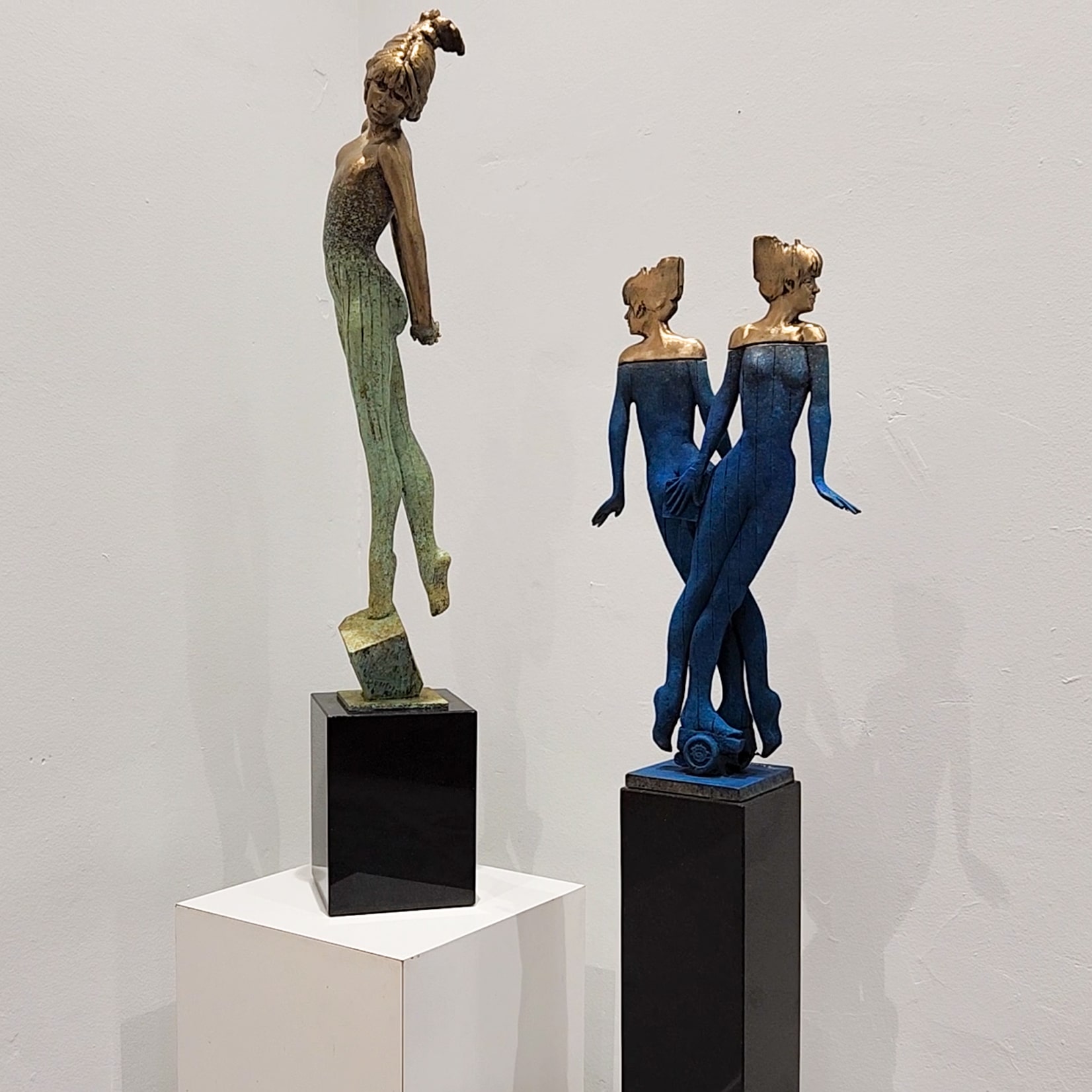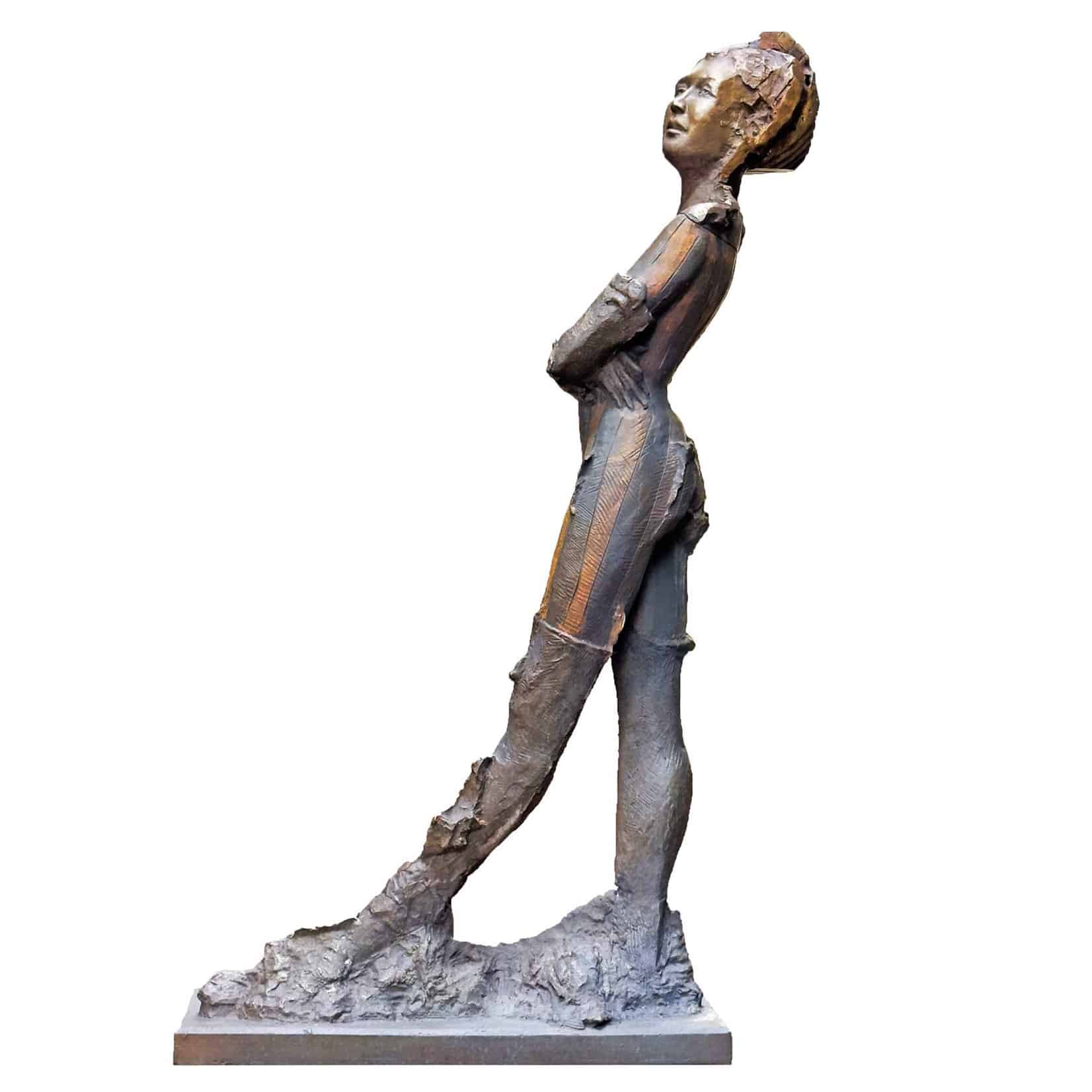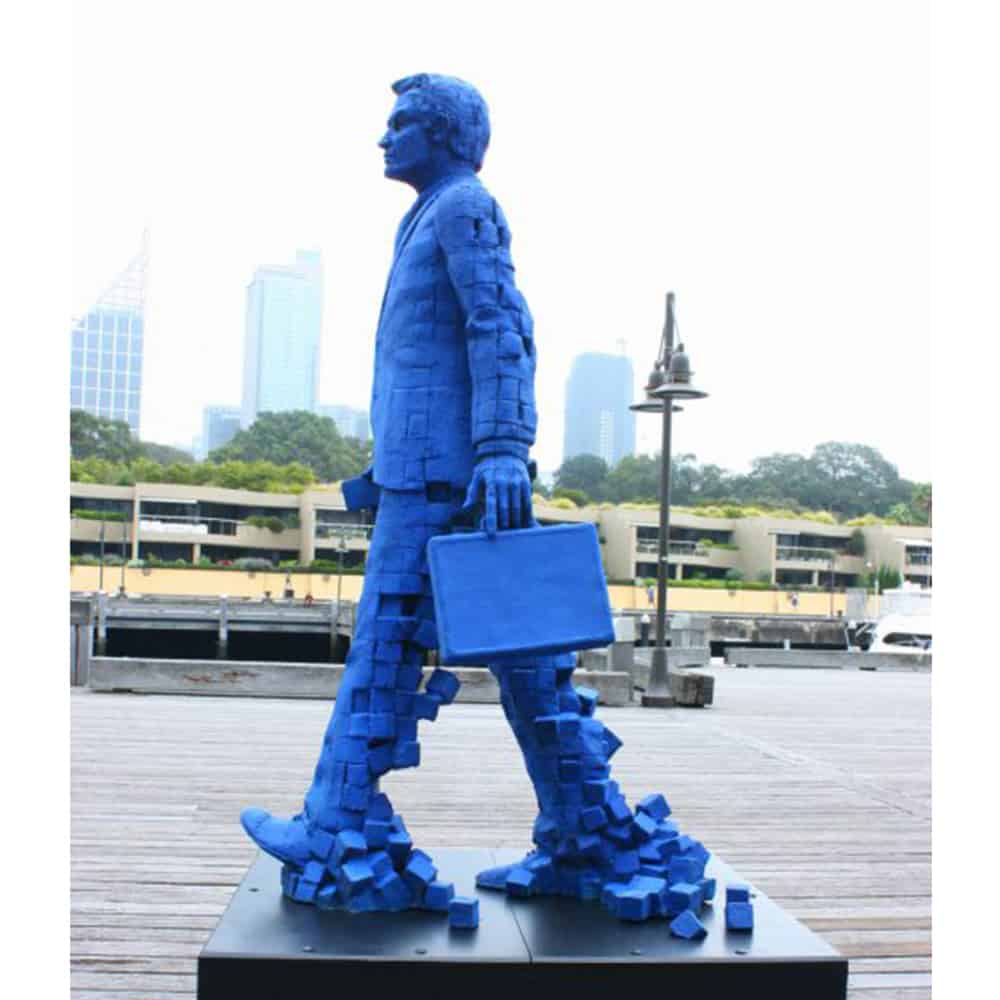Stephen Glassborow, Bronze Sculpture
50 years, Australian Sculpture Artist
Bronze figurative sculpture has a long tradition – for me, the Art Deco period is a foundation for inspiration. Running parallel to that are ideas that spring from photographic imagery, fashion & androbotics. from here ideas develop and grow, but always around the figure. Stephen Glassborow.
Stephen Glassborow, Bronze Sculpture
50 years, Australian Sculpture Artist
Bronze figurative sculpture has a long tradition – for me, the Art Deco period is a foundation for inspiration. Running parallel to that are ideas that spring from photographic imagery, fashion & androbotics. from here ideas develop and grow, but always around the figure. Stephen Glassborow.
Stephen Glassborow, Bronze Sculpture
Australian Contemporary Sculpture – Figurative
all of Stephens Glassborow’s sculptural works are small run limited edition pieces with custom patina colouration available via commissions.
Artist Statement
“Bronze figurative sculpture has a long tradition. For me, the Art Deco period was the foundation for inspiration. Running parallel to that are ideas that spring from photographic imagery, fashion androbotics. Somewhere, ideas develop and grow, but always around the figure. I have always drawn,
but mainly for the purpose of planning my sculptures. But now, my drawings are developing into a more expressive form of my creativity. ”
Born in Hammersmith England, Stephen served his apprenticeship as a Sculpture student at Newcastle upon Tyne and at Brighton College in the United Kingdom before moving to Australia as a young professional sculptor in the early 1980s. He has since attracted considerable interest and many
commissions throughout Australia, and in Asia. In his work, Glassborow relies heavily on traditional classical precedents and careful anatomicalobservation. Nevertheless, he manages to temper his respect for figurative precision with a refined elegance and beauty. His is sometimes an Art Deco renaissance. Retaining fluidity in the body while still achieving sharp muscular perfection through clay thrills Glassborow. The skill of merging the two successfully drives him into further exploration of the human form.




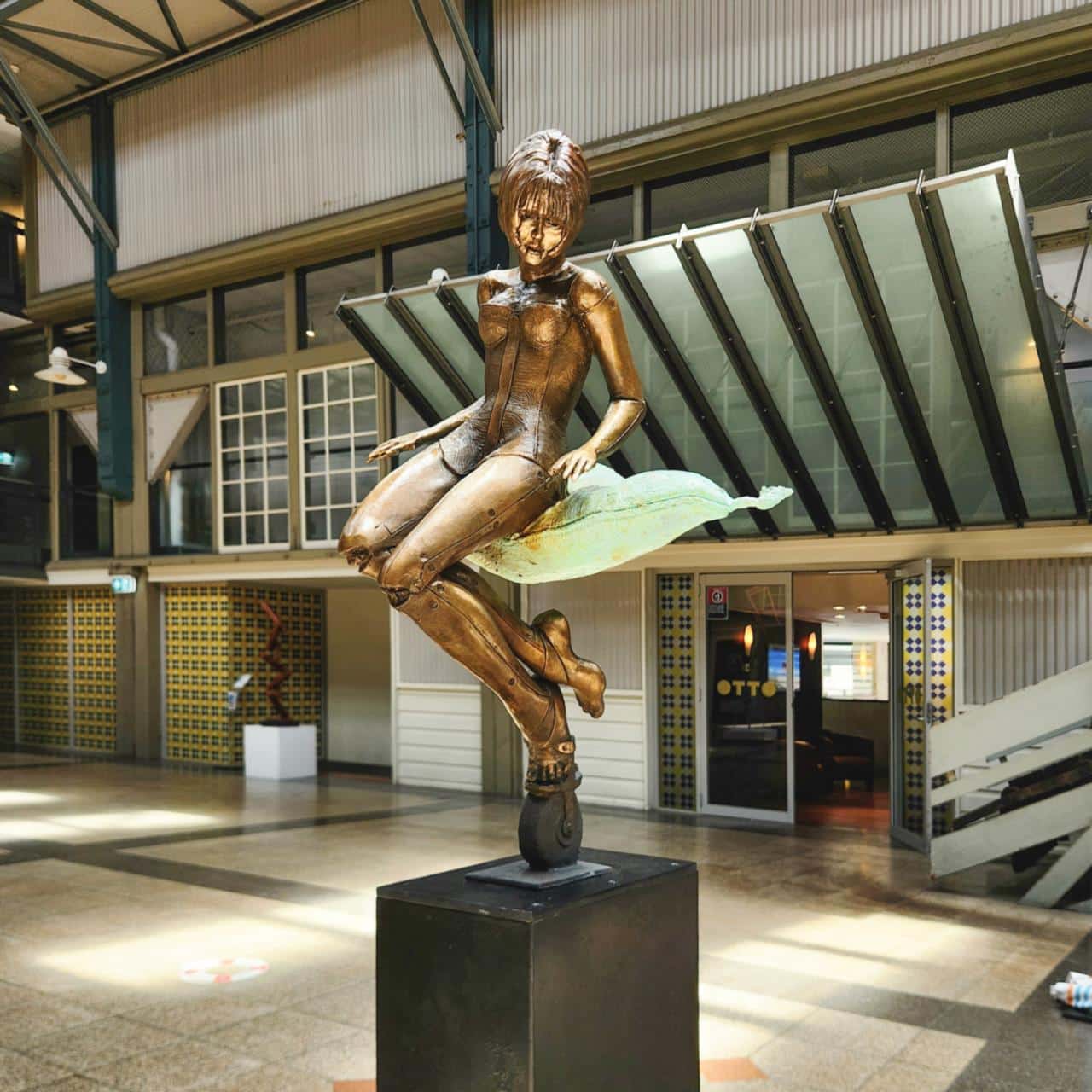
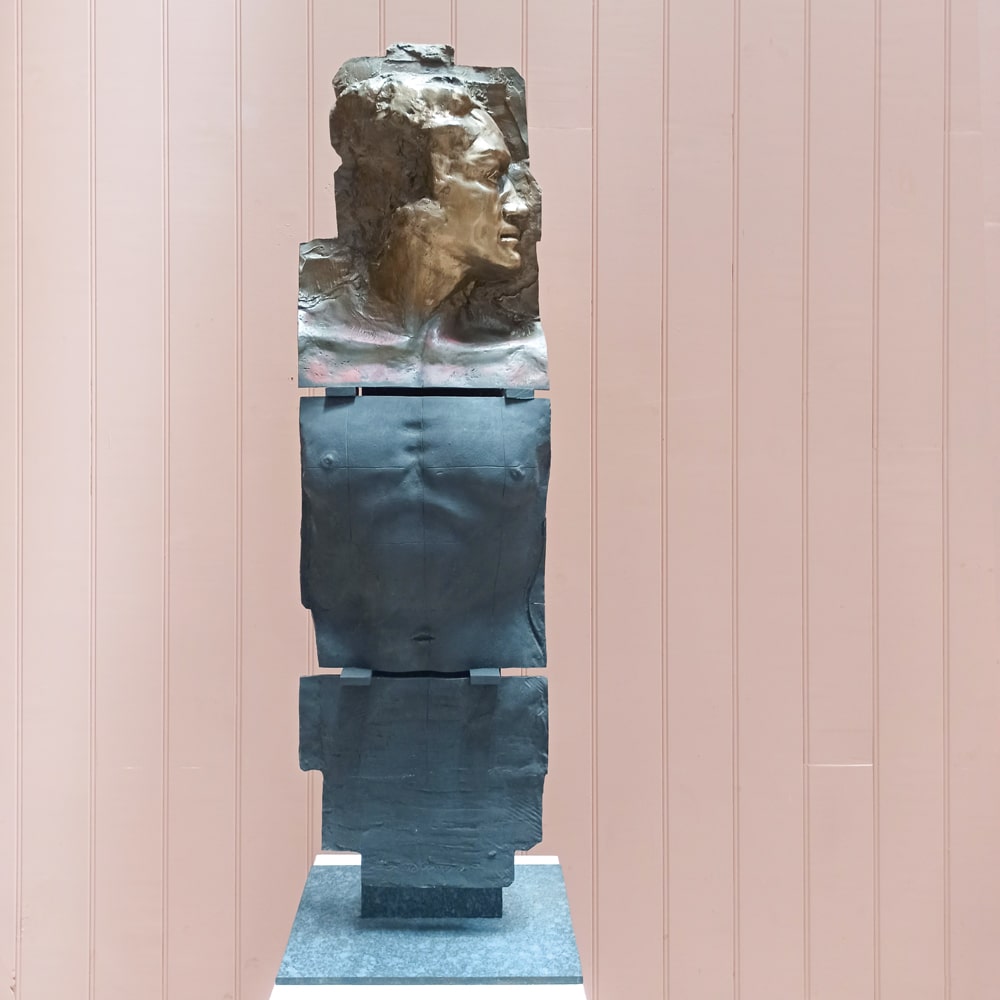

![Fauna-100cm--BRONZE-[bronze,-table-top]-Stephen-Glassborow-australian--sculpture-cheetah-in--bronze](https://www.sohogalleries.net/wp-content/uploads/2021/02/Fauna-100cm-BRONZE-bronze-table-top-Stephen-Glassborow-australian-sculpture-cheetah-in-bronze-500x500.jpg)
![Filigree-30cm-BRONZE-[bronze,-table-top,-figurative]-Stephen-Glassborow-sculpture-abstract-australian-female-body-bronze](https://www.sohogalleries.net/wp-content/uploads/2021/02/Filigree-30cm-BRONZE-bronze-table-top-figurative-Stephen-Glassborow-sculpture-abstract-australian-female-body-bronze-500x500.jpg)
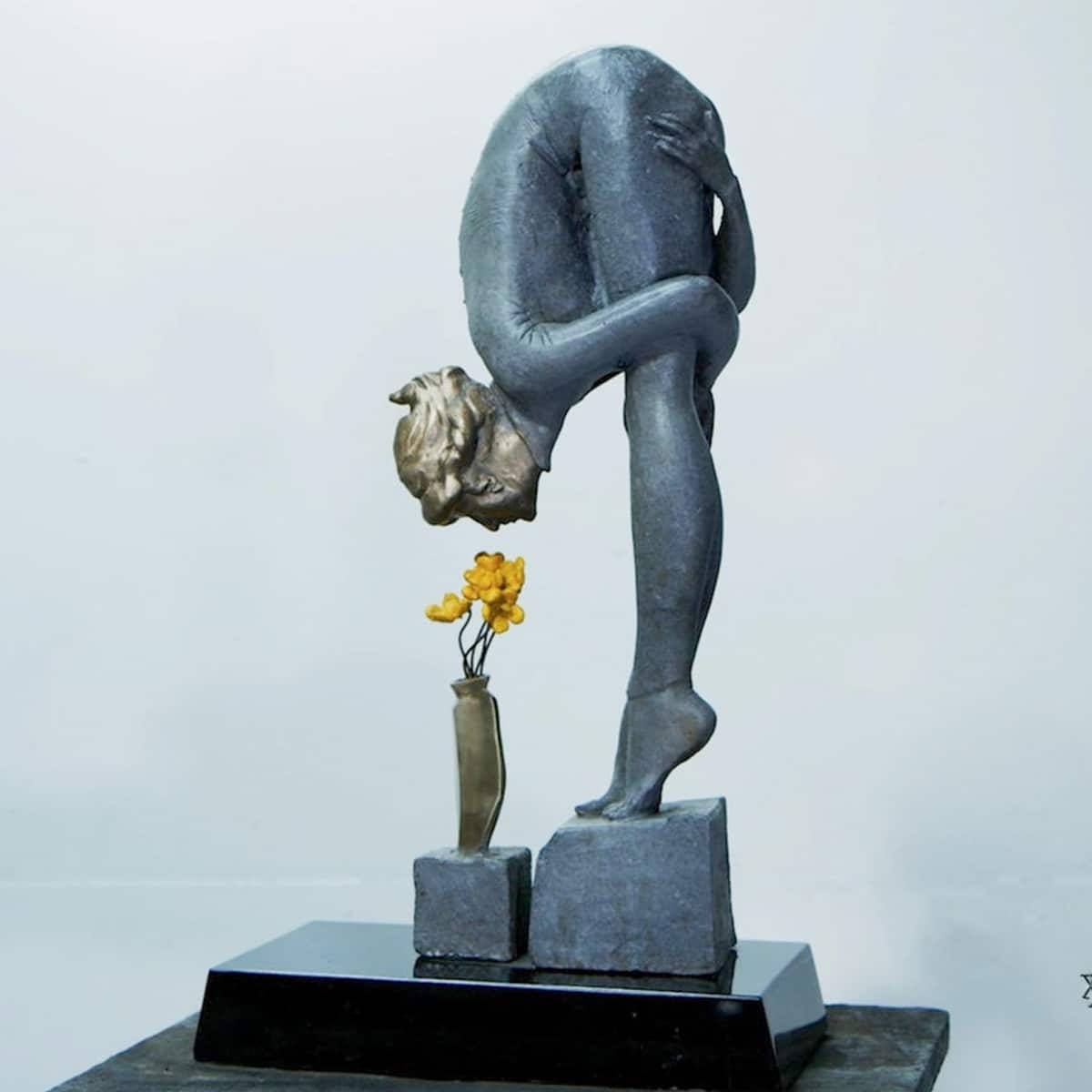
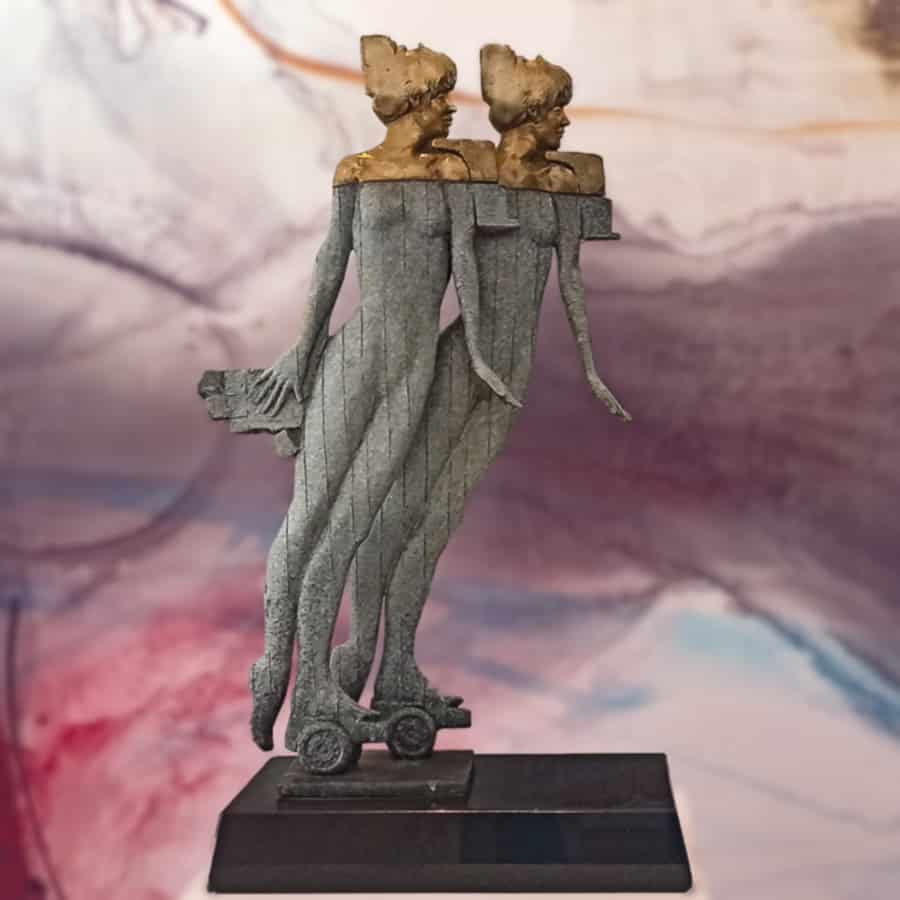
![Carousel-55cm--BRONZE---[bronze,-table-top]-Stephen-Glassborow-australian-sculpture-horse-circus--bronze](https://www.sohogalleries.net/wp-content/uploads/2021/02/Carousel-55cm-BRONZE-bronze-table-top-Stephen-Glassborow-australian-sculpture-horse-circus-bronze-500x500.jpg)
